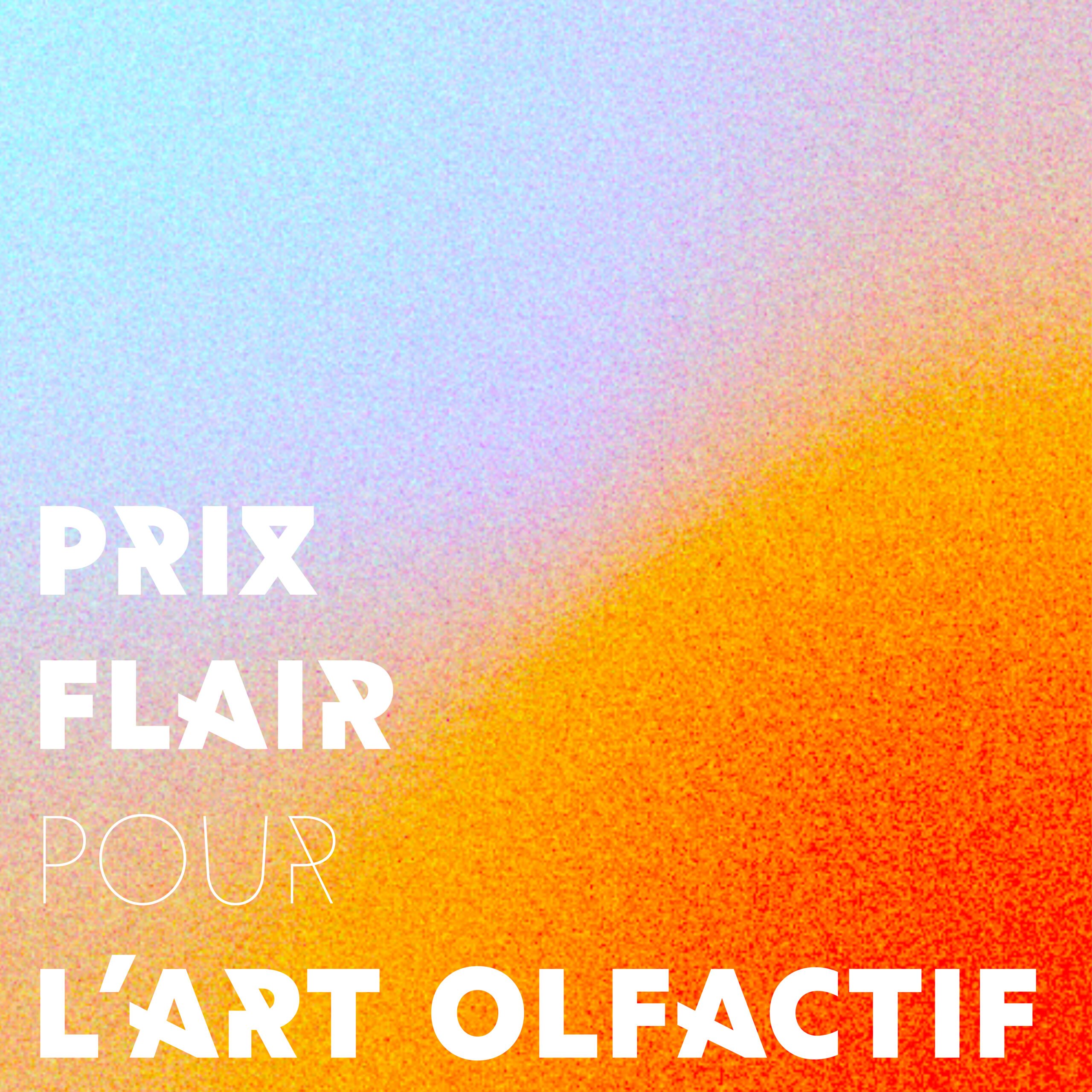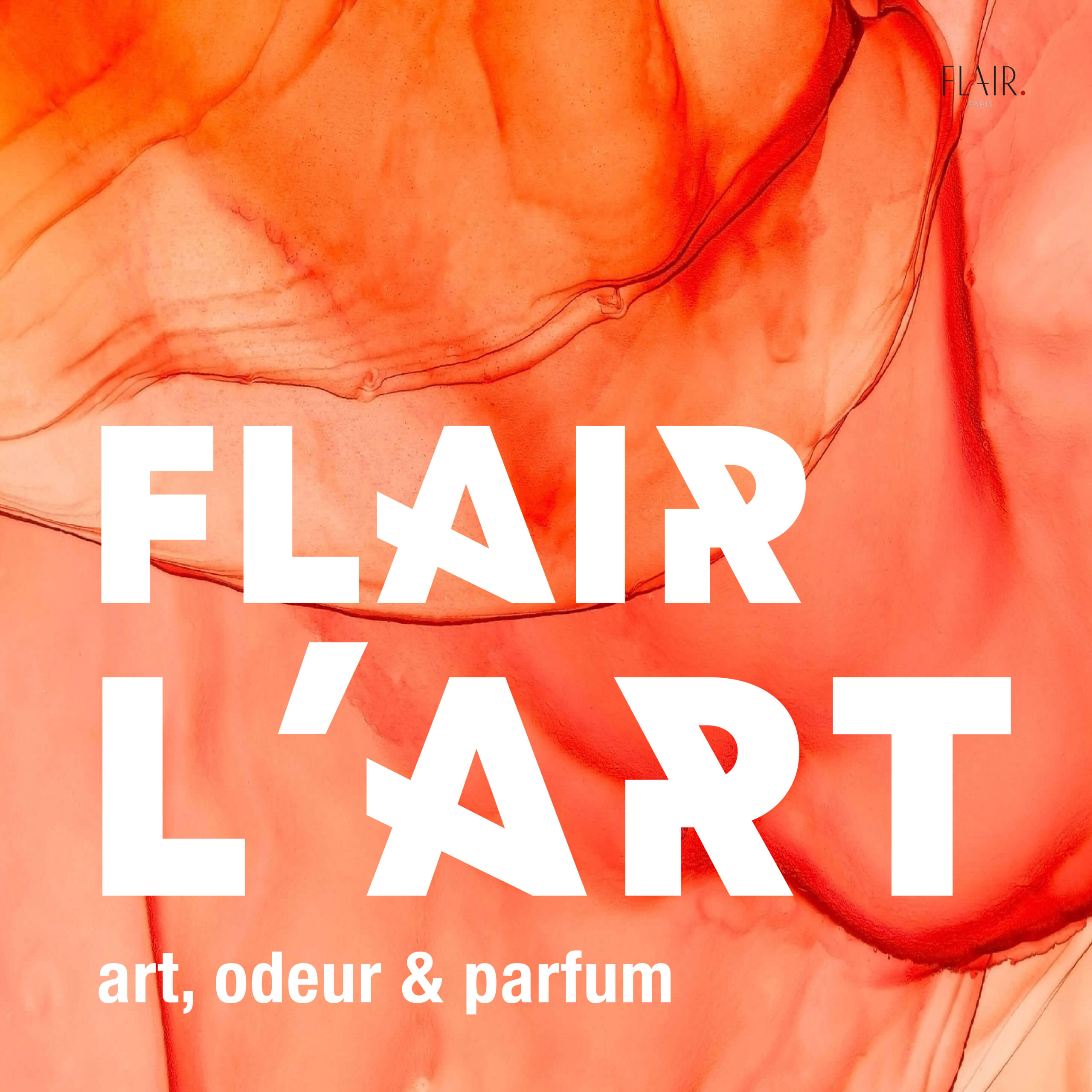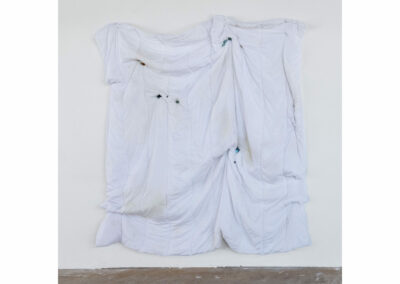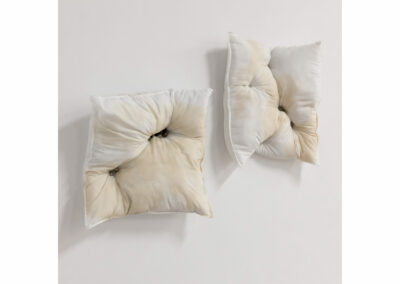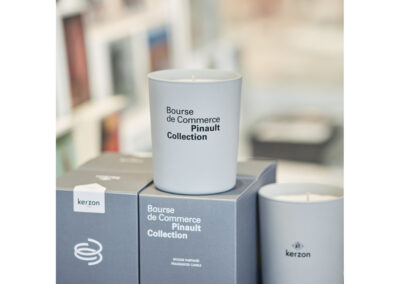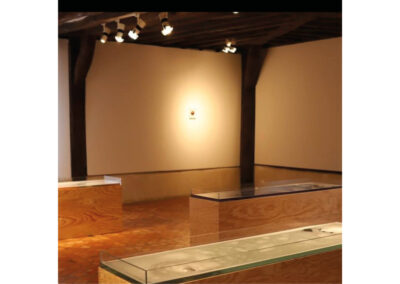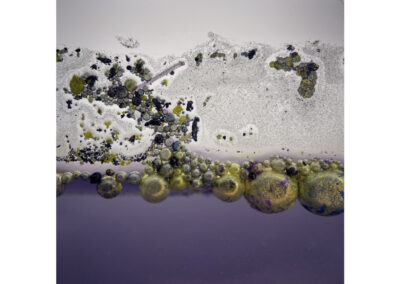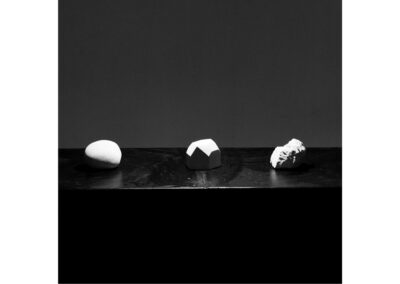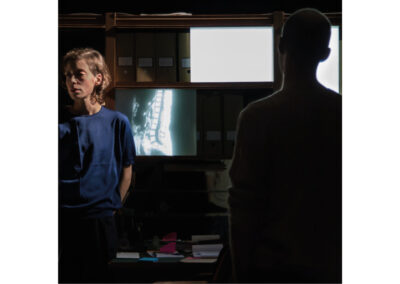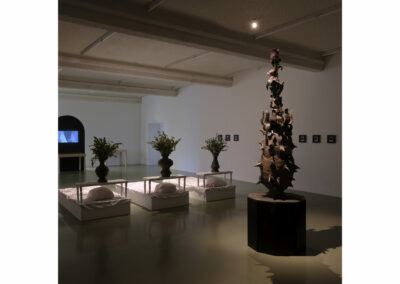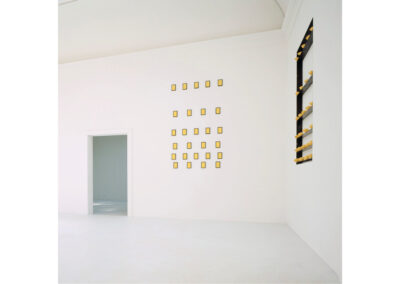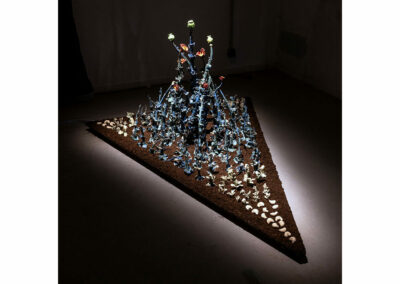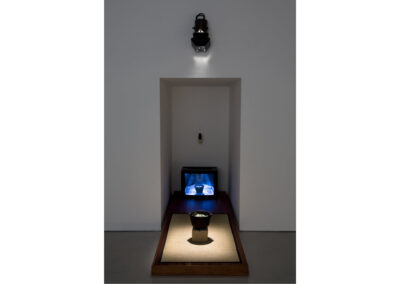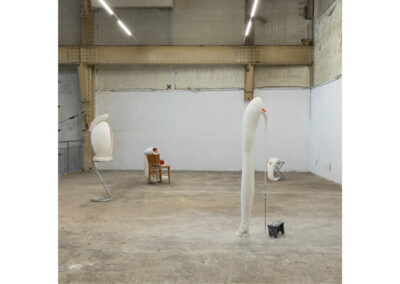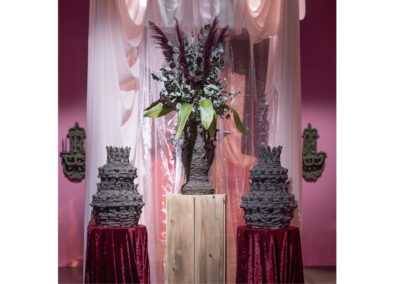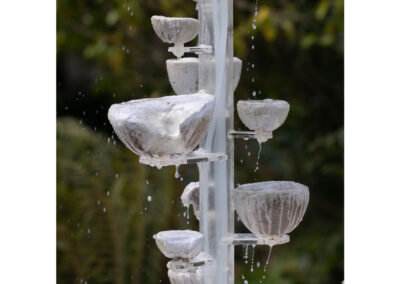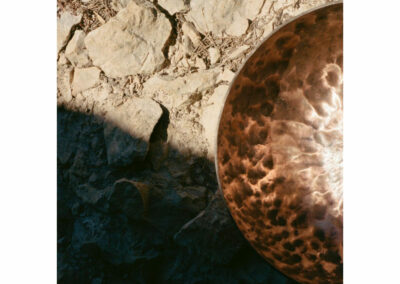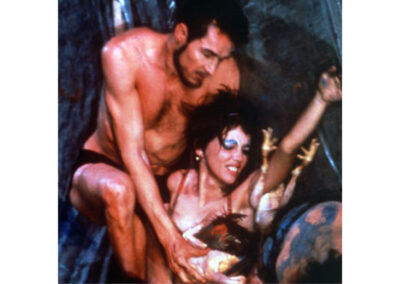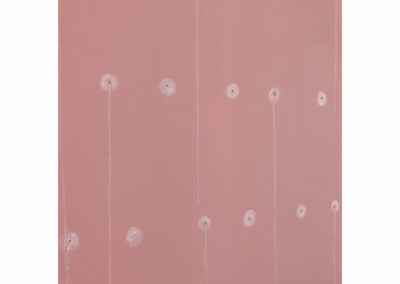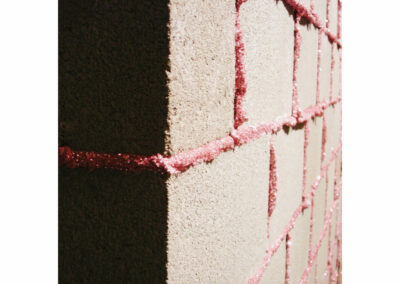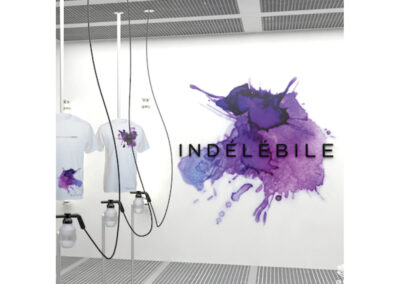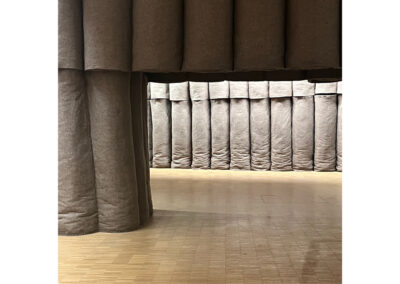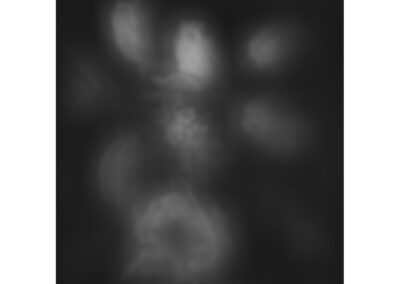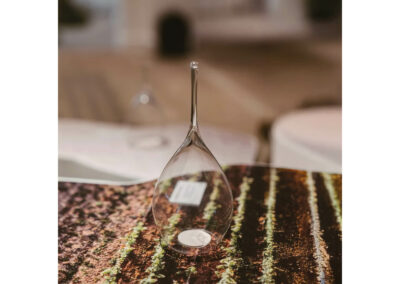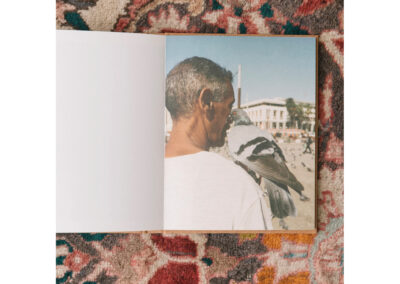OLFACTORY ART
The Art of Collaboration
The Flair studio demonstrates its commitment to olfactory art by offering a unique space for artists, galleries, and museums. For visual artists or institutions looking for a scent or fragrance, we have opened a branch. Research, art, and fragrances. This division offers special, attentive support on a case-by-case basis, working closely with clients to ensure that each project is truly personalized in an atmosphere of trust. The Flair team takes the time to refine and enrich the samples until the scent is just right.
Alongside perfumers Amélie Bourgeois, Anne-Sophie Behaghel, Camille Chemardin, and Margaux Le Paih-Guérin, Sandra Barré, a specialist in the art of fragrance in France, is supporting these projects.
Art. Perfume.
In an effort to promote perfume as an art, Flair decided to engage in research. "It seems important to us to make progress and to take part in this development. The qualification of perfume as an art, in the same way as architecture, music, comics or literature, is not only the consideration of our creative work, but above all a way to raise awareness of the extent and potential education of a major sense that makes the richness of our daily lives. And we are delighted that Sandra is accompanying us in this process".
Link.
If olfactory art is not new, more and more artists are turning to the experience of the nose, but this requires a particular know-how, that of a perfumer. One observation: there is no clearly defined place for these elaborations. Flair proposes to be this creative link.
Why Flair ?
"In addition to their proven expertise and talent, it was Flair's human qualities of listening and consideration that touched me. I've heard of too many collaborations that didn't take the time to appreciate the challenges of artistic creation. The scent in what we call “olfactory art” is not incidental. It is part of the work, just like shapes and colors. It must be carefully crafted. I found this consideration at Flair. And I think it's linked to the creative freedom that drives each member of the team in their own way."
Sandra Barré
Perfume, an art ?
“Beauty is achievable in perfumery and reveals something that allows certain breaths to touch the sublime.”
Amélie
•
» Each fragrance is a singular interpretation of an understanding of the world and is translated into emotion. This is one of the definitions of art, isn't it? «
Camille
•
» Yes, perfume is an art, just like music, painting or sculpture. «
Anne-Sophie
•
» In addition to being a vehicle for emotions, perfume corresponds to a certain social definition of art. It is a human creation, a witness to an era, a trace of a society, and a reflection of its contemporaries. «
Margaux
•
» As soon as there is creation, there is art. «
Sandra
Flair Award for Contemporary Art
The Flair Award for Olfactory Art was born from the initiative of the Flair perfume creation studio and its desire to support the development of olfactory art. Noting the sensory turn of our time and particularly observing the emergence of productions and research on the presence of odors in art since the beginning of the twentieth century, it seemed quite natural to the Flair studio to participate in the deployment of these practices linking art, odors and perfume.
Committed to all artists wishing to approach the olfactory dimension, the flair prize aims to promote and enhance the richness and plurality of experiences that the handling of scents allows.
Podcast – Flair l’art
Art history has been based on a certain hierarchy of the senses, designating the eye and ear as the only possibilities for artistic experience. The podcast Flair l’art proposes leaving this eye-mind behind in an attempt to open up new fields of reception and bring a little bit of body, life, and organicity back into what we call “works of art.” All this is possible thanks to smells, by sniffing out art. In these episodes, the challenge is to decipher what smells have to tell us, plastically and artistically.
For scents, in the hands of artists, speak. They tell of their origins, their powers and, above all, the mystical significance that human beings have imbued them with. At a time when art history is being shaken up by the transdisciplinary questions raised by feminist, queer, post-colonialist and eco-reflexive studies, they explain that the classical system of representation is not the only one that can be called ‘art’.
